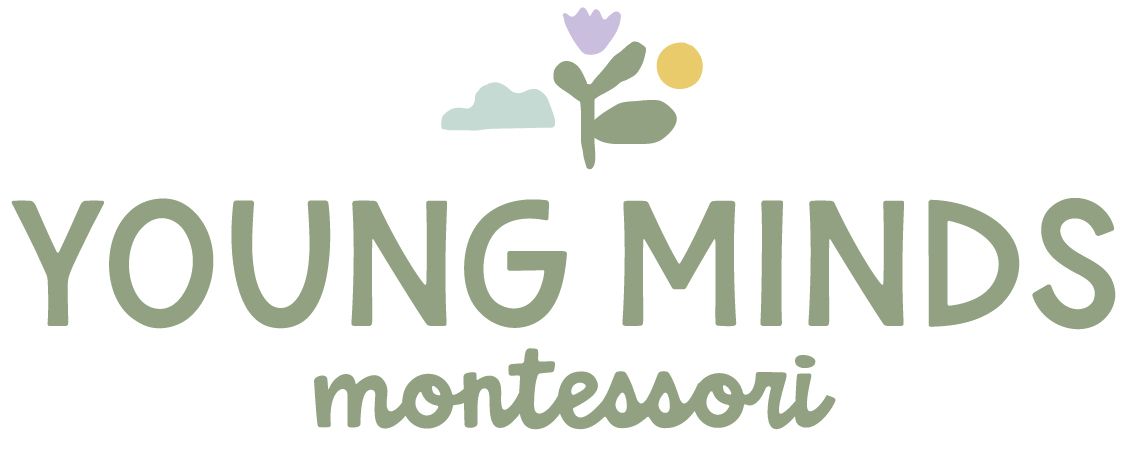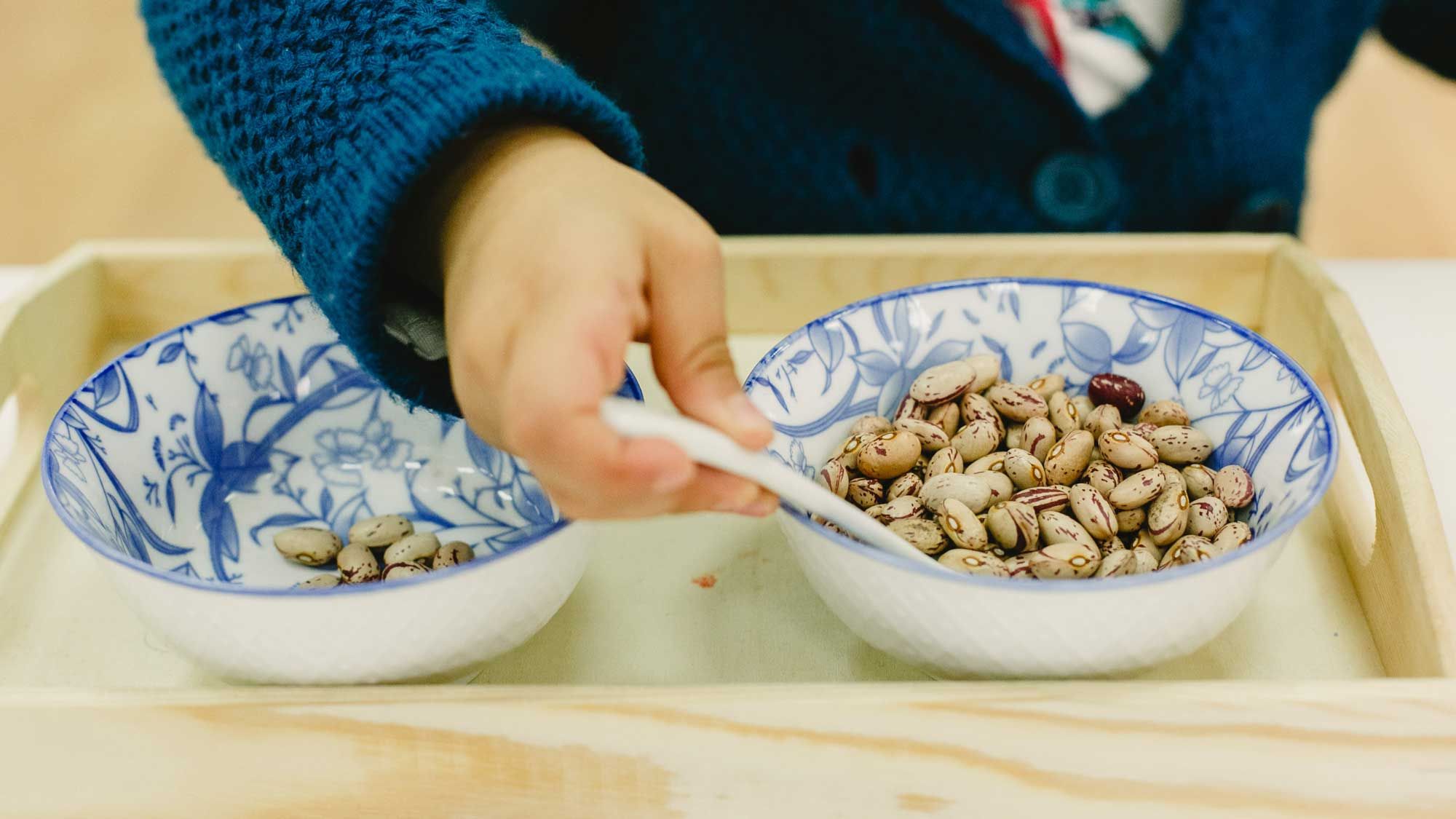Benefits of a Montessori Education
Montessori education offers our children opportunities to develop their potential as they step out into the world as engaged, competent, responsible, and respectful citizens with an understanding and appreciation that learning is for life.
Each child is valued as a unique individual. Montessori education recognizes that children learn in different ways, and accommodates all learning styles. Students are also free to learn at their own pace, each advancing through the curriculum as he is ready, guided by the teacher and an individualized learning plan.
Beginning at an early age, Montessori students develop order, coordination, concentration, and independence. Classroom design, materials and daily routines support the individuals emerging “self-regulation” (ability to educate one’s self, and to think about what one is learning), toddlers through adolescents.
Montessori students enjoy freedom within limits. Working within parameters set by their teachers, students are active participants in deciding what their focus of learning will be. Montessorians understand that internal satisfaction drives the child’s curiosity and interest and results in joyous learning that is sustainable over a lifetime.
Students are supported in becoming active seekers of knowledge. Teachers provide environments where students have the freedom and the tools to pursue answers to their own questions.
Self-correction and self-assessment are an integral part of the Montessori classroom approach. As they mature, students learn to look critically at their work, and become adept at recognizing, correcting, and learning from their errors.
Given the freedom and support to question, to probe deeply, and to make connections, Montessori students become confident, enthusiastic self-directed learners. They are able to think critically, work collaboratively, and act boldly—a skill set for the 21st century.
https://amshq.org/Montessori-Education/Introduction-to-Montessori/Benefits-of-Montessori
Traditional vs. Montessori
In traditional education, the teacher generally stands at the front of the classroom, decides what the children needs learn, and teaches the children what they need to know: a top-down approach. It is also a one-size-fits-all approach. The teacher decides that everyone is ready to learn, for example, the letter a on the same day.
In Montessori education there is a dynamic relationship between the child, the adult, and the learning environment. The materials are laid out on shelves in a sequential order from easiest to hardest. Each child works at their own pace through the materials, following their interest in that moment. The teacher will observe the child and when it seems that the child has mastered the material, the teacher will then give them a lesson with the next material.
The environment and child interact with each other. The environment attracts the child and the child learns from the materials in the environment. The adult and environment are also affecting each other. The adult prepares the environment, observes, and makes adjustments where necessary to meet the child’s needs. And the adult and child have a dynamic relationship, based on mutual respect for each other. The adult will observe the child and step in to give only as much assistance as necessary before stepping out of the way for the child to continue their self-mastery.
In her writing, Dr. Montessori reiterates that the objective of Montessori education is not to fill a child with facts, but to cultivate their own natural desire to learn.
We support our children to make discoveries for themselves, we give them freedom and limits, and we enable success by setting up our homes so they can take part in our daily lives.
By Simone Davies in The Montessori Toddler (2019)

